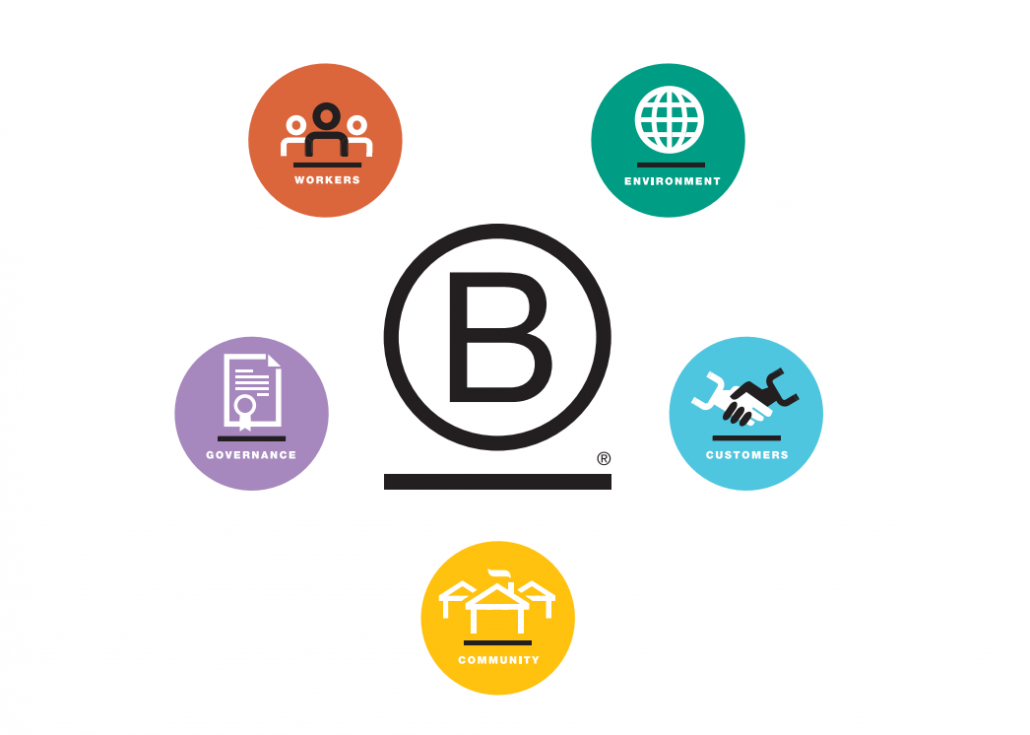
Our Plan A to become a B Corp
February 17, 2022
One for-purpose organisation’s journey with B Corp certification.
Working in the social and environmental impact space, you might have seen a bit about B Corporations, an initiative slowly but steadily gaining momentum. It’s one of those things you might have heard about but haven’t had time to investigate yet, or perhaps you’ve looked into it for your organisation and decided it’s “a wait for a quieter period”-type project. Having just been through the application process, we wanted to share our experience and why we’ve decided to make the resource investment in the hope it’s of use for other like-minded organisations who might be considering a similar path.
Managing Partner Carina Calzoni talks through what’s involved:
First off, what is a B Corporation?
B Corporations reflect a conscious shift many of us would like to see in the corporate world – where businesses balance purpose and profit. It’s where we all can play a role in creating positive impact – for our workers, communities and environment – no matter whether you’re in the food industry or an evaluation consultancy.
Why is it important?
It’s shorthand external recognition of our purpose and values – helping power positive change for people, place and planet. We know that to do this, change needs to start with us. Becoming B Corp Certified offers a way of publicly communicating and committing to our organisational goals and approach.
For us, that means finding a three-way balance between impact, profit and healthy ways of working for ourselves and our planet. It’s a recognised, powerful mechanism for compelling us to walk the talk.
What’s involved?
In order to become B Corp certified, we need to demonstrate that we “meet the highest verified standards of social and environmental performance, transparency, and accountability”. In social impact measurement speak, it’s aligning our long-term goals, purpose and values with concrete project plans and indicators of change, with built-in measurement to ensure we’re on track (like building our own MEL framework).
To become certified, companies must achieve 80 out of 200 points on the B Impact Assessment, covering 5 impact areas:
- Governance
- Workers
- Community
- Environment
- Customers
From there, they submit their application and wait up to 9 months to receive formal certification. That’s where Clear Horizon is right now – we’ve submitted our application and we’re awaiting accreditation. But a great part of the B Corp initiative is that it’s not static – to improve our score, we can keep working on ways to demonstrate that are making a positive impact. As an organisation that values continuous learning and improvement, that’s a welcome challenge.
What was the most intensive or challenging part of the process?
Well, it wasn’t easy. It took a lot of research, document gathering and stakeholder engagement. It also made us aware of where good intentions and shared understandings about how to operate as an ethical and liveable business hadn’t been codified into organisational frameworks, policies and processes. For example, the assessment process showed that we clearly have more work to do, especially in developing policies around our environmental impact.
What did you learn?
Somewhat surprisingly, for an organisation that is highly skilled and experienced in developing rigorous and robust impact metrics with others – we have been less adept at doing this ourselves! We need to invest more in assessing and reporting the impact we are making. As we know, it’s not enough to have good intentions to create positive change – we need evidence and the willingness to learn and improve.






